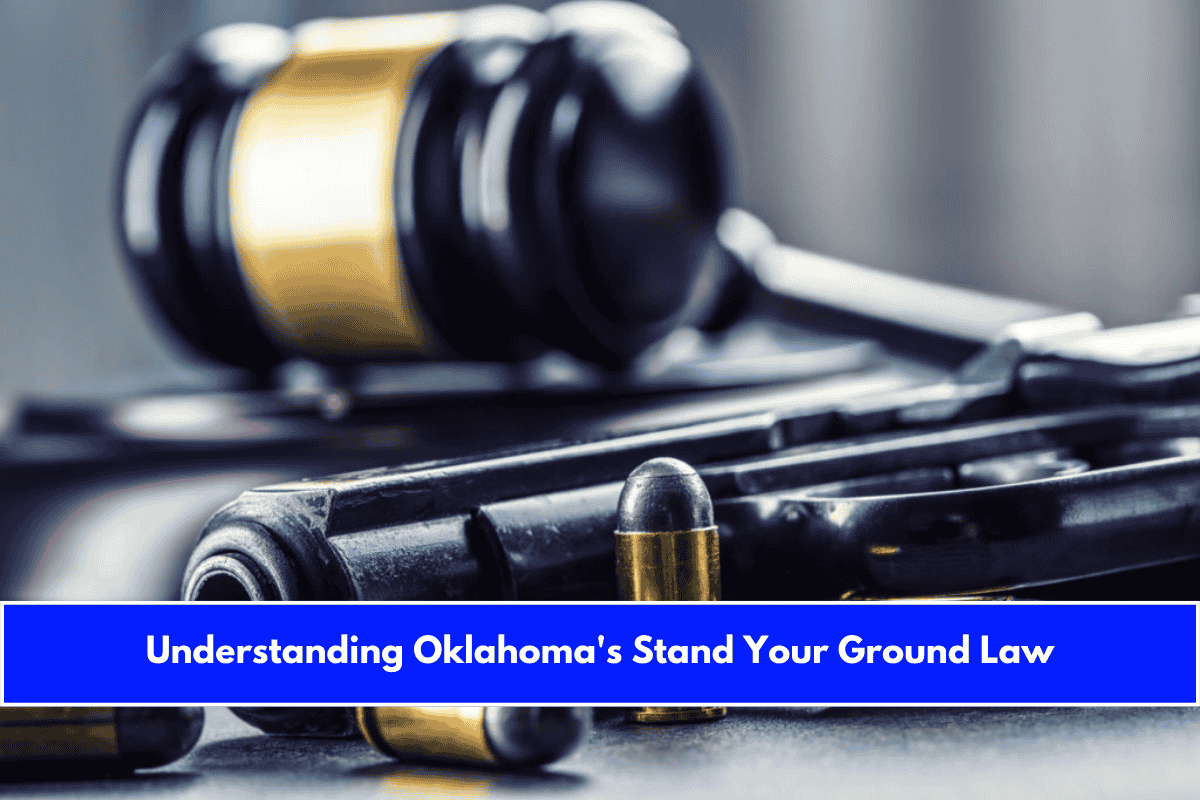Oklahoma’s Stand Your Ground law, codified in Title 21, Section 1289.25(D) of the Oklahoma Statutes, allows individuals to use force-including deadly force-in self-defense without any duty to retreat, provided certain conditions are met. This law applies not just in your home (the traditional “Castle Doctrine”) but in any place you have a legal right to be, such as public spaces, your workplace, or your vehicle.
Key Provisions
- No Duty to Retreat: If you are lawfully present and not engaged in criminal activity, you are not required to attempt escape before using force to defend yourself or others from an imminent threat.
- Reasonable Belief of Threat: You must reasonably believe that force is necessary to prevent death, great bodily harm, or the commission of a forcible felony against yourself or another person.
- Proportional Force: The force used must be proportional to the threat. Excessive or unreasonable force may not be justified and could lead to criminal charges.
- Who Is Protected: The law protects anyone who is not the initial aggressor and is not committing a crime at the time of the incident.
- Defense of Others: You may also use force to protect others under the same standards as protecting yourself.
Where Does It Apply?
- Anywhere You Have a Legal Right to Be: The law applies in your home, business, vehicle, or any public or private place where you are lawfully present.
- Castle Doctrine: This doctrine specifically covers your home, business, or occupied vehicle, allowing broad rights to use force against intruders.
- “Make My Day” Law: Extends protection to any lawful occupant (not just the homeowner) defending themselves within a dwelling.
Important Limitations
- Not for Aggressors or Criminals: You cannot claim Stand Your Ground if you are the initial aggressor or engaged in unlawful activity at the time of the incident.
- Imminent Threat Required: The threat must be real and immediate; hypothetical or minor threats do not justify the use of deadly force.
- Objective and Subjective Standards: Courts will evaluate whether your belief in the need for force was both genuinely held (subjective) and reasonable to an outside observer (objective).
Law Enforcement and Legal Process
- Arrest Limitations: Law enforcement cannot arrest someone claiming Stand Your Ground unless there is probable cause that the force used was unlawful.
- Legal Defense: If charged, you may assert Stand Your Ground as a defense in court. The burden is on the prosecution to prove the defense does not apply.
Practical Example
If you are walking to your car in a public parking lot and someone threatens you with serious harm, you are not required to try to escape before defending yourself-even with deadly force-if you reasonably believe the threat is imminent and serious.
Summary Table
| Provision | Oklahoma Law Description |
|---|---|
| Duty to Retreat | None, if lawfully present and not committing a crime |
| Where It Applies | Anywhere you have a legal right to be |
| Level of Force Allowed | Reasonable force, including deadly force, if threatened |
| Restrictions | Not for aggressors or those committing a crime |
| Defense of Others | Permitted under same standards |
Oklahoma’s Stand Your Ground law gives you the right to defend yourself or others with reasonable, even deadly, force anywhere you are legally present, with no obligation to retreat-provided you are not the aggressor, not committing a crime, and your belief in the threat is reasonable.
Sources:
- https://giffords.org/lawcenter/state-laws/stand-your-ground-in-oklahoma/
- https://www.oklahomalegalgroup.com/practice-areas/self-defense
- https://jpcannonlawfirm.com/2024/04/stand-your-ground-in-oklahoma-when-can-you-fight-back/
- https://jpcannonlawfirm.com/2024/04/know-your-rights-a-guide-to-self-defense-laws-in-oklahoma/











Leave a Reply